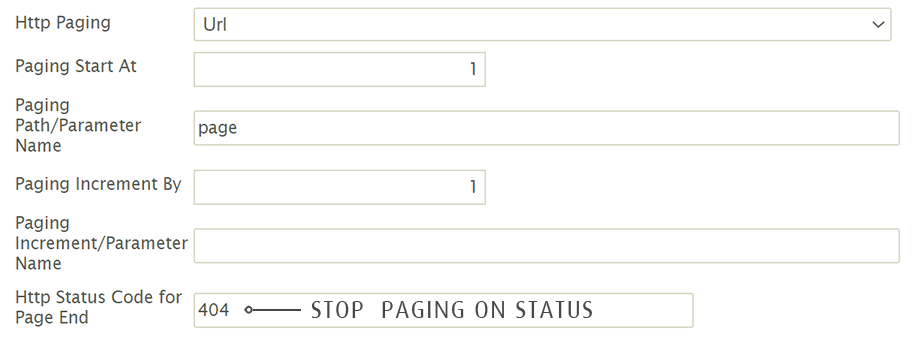Request Paging
When a request is made to a HTTP service, the service may not be able to reply with the total response matching the request criteria. Instead the service replies will respond with an initial set of matching records. To obtain the full set of records, the service must be called again to obtain the next set or Page of records. This process is repested until there are no further records to retrieve.
IMan supports four different common paging methods:
URL Paging
Each page is obtained by passing a parameter in URL to the request, where the parameter is incremented to denote the page of records to return. This is repeated until the service returns no records for a page.
Http Header Link Paging
Each response returned by the service contains a URL to the next page of records within the 'link' http response header. This style of paging is based on RFC5988.
Body Paging
Each page is obtained by passing a set of parameters within the body of the request indicating the page of records to return. This is repeated until the service returns no records for a page.
Response Paging
Each response returned by the service contains within the body of the response a URL to the next page of records. The next set of records is obtained by querying this URL, and is repeated until the next page URL is empty or the property is omitted from the response.
Http Status Code For End of Results
Common to all paging methods is the ability to treat a specific HTTP Status Response code as the end of page results. When a status code is specified, the status code for each response is compared, and if they match, it signals end of page results.

This option specifically deal with paging implementations where navigating to the supposed next page, results in an error code, such as a 404 (not found).